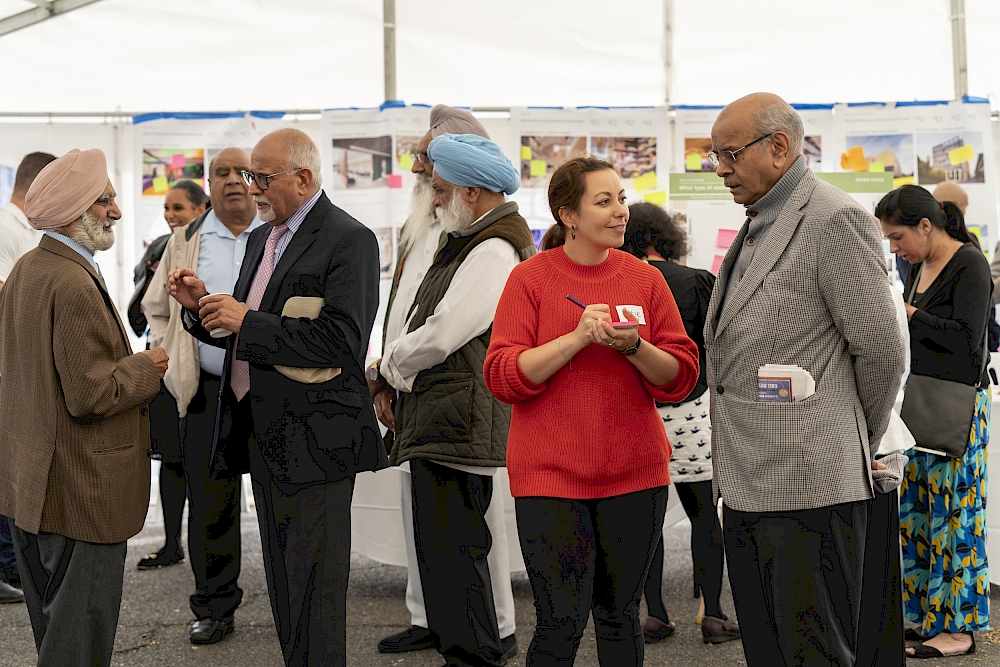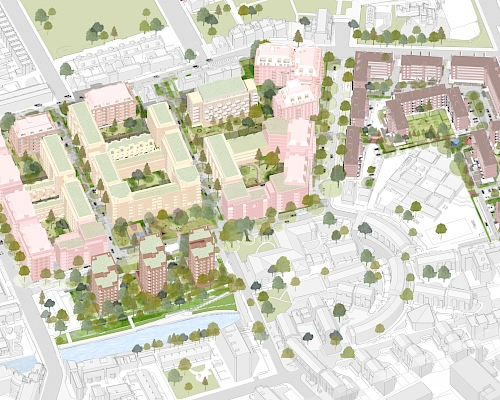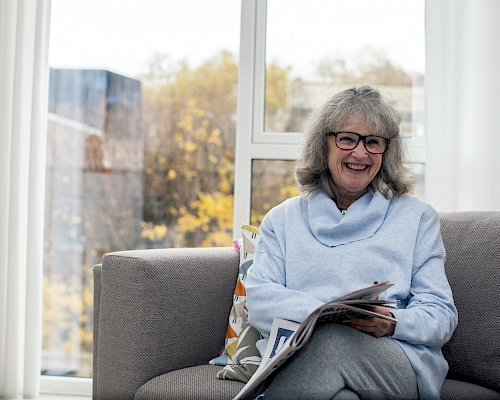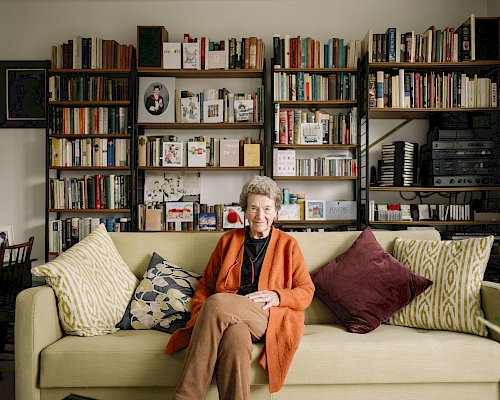
Engagement
We have been working with communities for over 45 years to find out what people really want from their neighbourhoods to produce practical visions for the future. This way we can use our skills and experience to gain the confidence of local people to find common ground with developers, especially on controversial projects that have suffered from false starts.
The essential tools of community engagement are the ability to listen, to explain and to inspire. We exercise these through exhibitions, workshops and focus groups; web forums, newsletters and opinion surveys; filmmaking, fun-days and youth projects.

Why engagement matters
Over and above its central role within the planning process, we see engagement as integral to the design and delivery of the projects we take on, a foundation upon which we implement our vision. Collaboration is central to the creation of good architecture and PTE has built a strong reputation for working with communities as well as fellow designers and consultants to achieve the best results. We have long been at the forefront of co-production, when citizens and decision-makers work together to arrive at solutions that work for everyone.
Transparent working with communities from the start – no matter the scale or scope of a project - is fundamental to how we work. We listen, understand and engage, building trust with project stakeholders and communities, maintaining this through to our post occupancy evaluations.
Engagement that works best is one that gives everyone a voice regardless and PTE provides a bespoke process for each project, combining the hands-on and face to face with the interactive digital.
Challenges include:
- building trust, maintaining a dialogue and avoiding stakeholder ‘engagement fatigue’
- alerting the public to developments, including seldom heard groups and those without internet access
- sharing complex information about specific project challenges
- formatting information for specific audiences
- encouraging and recording feedback and demonstrating that engagement improves outcomes
- understanding any history of consultation, and potential conflicts of interest, an advocacy role for the quieter voices and mediator role for conflicting voices.
Designing a strategy
An engagement strategy should be collaboratively designed and often depends on the brief (including the size and type of project), the nature of the client and the history and prominence of the site. PTE is more often involved in designing strategies for local authority projects and small sites where we are sole consultant working on engagement. Where larger developers have PR & planning consultants on hand to design strategies, PTE focuses on providing content. The strategy should be set out in the fee proposal/bid and cover, for example, what is (and is not) included and what else can be provided for additional cost. In all cases the following principles should inform the strategy:
- Listening to gather information
- The sharing ideas and procuring feedback
- Further developing and sharing of ideas
Bespoke processes
For all but the smallest projects this process is captured in a statement of community involvement (SIC). For a small project, the SCI would be covered within the design and access statement while for a larger project this would part of a specialist consultant’s service: again, this should be identified from the outset. A bespoke process should:
- identify the stakeholders
- consider the appropriate types of engagement - face to face, workshops, digital or hybrid for instance
- be programmed to dovetail engagement within overall design programme to feedback and influence outcomes.


If you would like to know more about PTE's engagement expertise, please download our guide or get in touch with Sarah Eastham, partner - engagement sarah.eastham@ptea.co.uk










